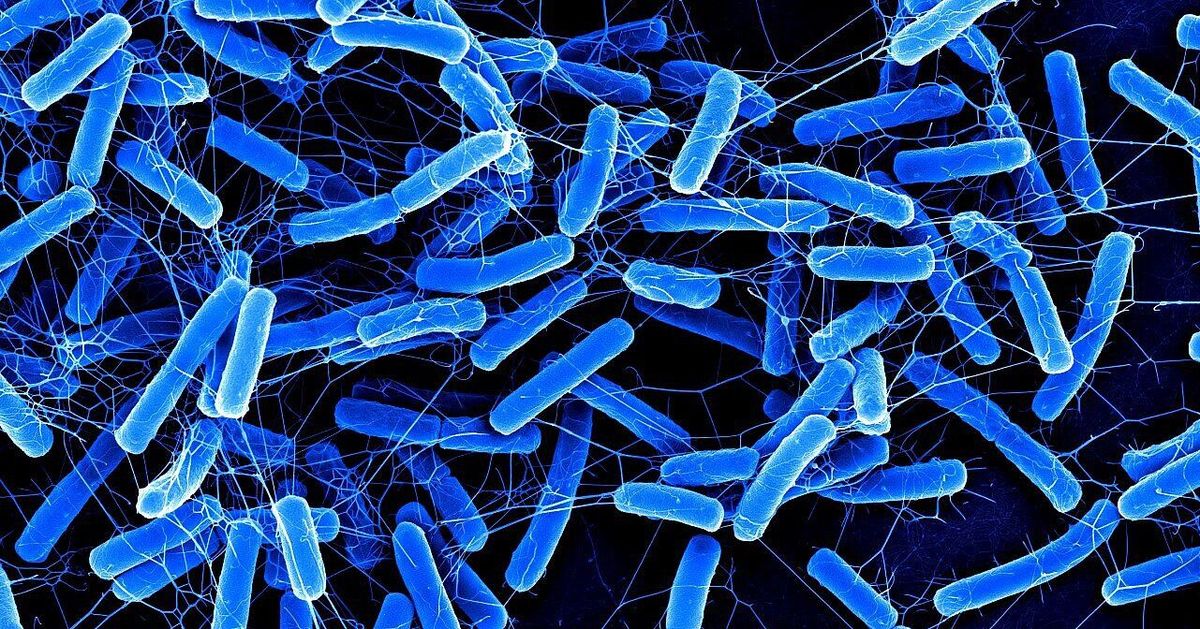
Clostridium is a fascinating genus of bacteria that includes over 100 species, some of which are notorious for causing serious diseases in humans and animals. These bacteria are anaerobic, meaning they thrive in environments devoid of oxygen. Clostridium botulinum, for instance, produces one of the most potent toxins known to science, leading to botulism. On the flip side, some species play beneficial roles in soil health and decomposition. Understanding Clostridium is crucial for both medical and environmental sciences. This blog post will delve into 33 intriguing facts about this complex genus, shedding light on its diverse roles and impacts.
What is Clostridium?
Clostridium is a genus of bacteria known for its diverse species, some of which can cause serious diseases in humans and animals. These bacteria are found in various environments, including soil, water, and the intestines of humans and animals.
- Clostridium bacteria are anaerobic, meaning they thrive in environments without oxygen.
- They are gram-positive, which means they have a thick cell wall that retains a purple color when stained.
- Clostridium species can form spores, allowing them to survive in harsh conditions for long periods.
- These bacteria are rod-shaped, giving them a distinctive appearance under a microscope.
Clostridium Species and Their Impact
Different species of Clostridium have varying effects on health, ranging from harmless to highly pathogenic. Here are some notable species and their impacts.
- Clostridium botulinum produces botulinum toxin, one of the most potent toxins known, causing botulism.
- Clostridium tetani causes tetanus, a disease characterized by muscle stiffness and spasms.
- Clostridium difficile is a major cause of antibiotic-associated diarrhea and colitis.
- Clostridium perfringens is known for causing gas gangrene and food poisoning.
- Clostridium sordellii can cause fatal infections, particularly in women after childbirth or abortion.
Clostridium in the Environment
Clostridium bacteria are ubiquitous in nature, found in various environments where they play different roles.
- They are commonly found in soil, where they help decompose organic matter.
- In marine environments, Clostridium species contribute to nutrient cycling.
- These bacteria are also present in the intestines of humans and animals, aiding in digestion.
- Clostridium species can be found in sewage and wastewater, where they help break down waste products.
- Some species are used in industrial processes, such as the production of biofuels and solvents.
Clostridium and Human Health
The relationship between Clostridium and human health is complex, with some species being beneficial and others harmful.
- Clostridium butyricum is used as a probiotic to promote gut health.
- Clostridium sporogenes produces beneficial short-chain fatty acids in the gut.
- Clostridium septicum can cause severe infections in people with weakened immune systems.
- Clostridium novyi has been investigated for its potential use in cancer therapy.
- Clostridium histolyticum produces collagenase, an enzyme used in medical treatments for conditions like Dupuytren's contracture.
Preventing Clostridium Infections
Preventing infections caused by harmful Clostridium species involves various strategies, from vaccination to proper hygiene.
- Vaccination against Clostridium tetani is highly effective in preventing tetanus.
- Proper food handling and cooking can prevent Clostridium perfringens food poisoning.
- Using antibiotics judiciously can reduce the risk of Clostridium difficile infections.
- Maintaining good wound care practices can prevent infections by Clostridium species.
- Probiotics containing beneficial Clostridium species can help maintain a healthy gut microbiome.
Clostridium in Research and Medicine
Research on Clostridium has led to significant medical advancements and continues to be a field of interest.
- Botulinum toxin, derived from Clostridium botulinum, is used in small doses for medical and cosmetic treatments.
- Clostridium species are studied for their potential in producing renewable energy sources.
- Research on Clostridium difficile has led to better understanding and treatment of antibiotic-associated colitis.
- Clostridium novyi-NT, a modified strain, is being tested as a cancer treatment.
- Clostridium bacteria are used in the study of anaerobic metabolism and spore formation.
Interesting Facts about Clostridium
Here are some intriguing facts about Clostridium that highlight its diverse roles and characteristics.
- Clostridium botulinum spores can survive boiling temperatures, making proper food preservation crucial.
- The toxin produced by Clostridium tetani is one of the most powerful known neurotoxins.
- Clostridium difficile infections can be treated with fecal microbiota transplantation, restoring healthy gut bacteria.
- Some Clostridium species can degrade cellulose, making them useful in biofuel production.
Final Thoughts on Clostridium
Clostridium is a fascinating genus of bacteria with a wide range of effects on humans, animals, and the environment. From causing serious diseases like botulism and tetanus to playing a role in soil health and decomposition, these bacteria are both dangerous and beneficial. Understanding their characteristics, transmission methods, and impacts can help in developing better treatments and preventive measures.
By staying informed about Clostridium, we can better protect ourselves and our communities from potential outbreaks. Awareness and proper hygiene practices are key in managing the risks associated with these bacteria. Whether you're a student, a healthcare professional, or just curious, knowing these facts can make a big difference. Stay curious, stay informed, and remember that knowledge is power when it comes to dealing with microorganisms like Clostridium.
Was this page helpful?
Our commitment to delivering trustworthy and engaging content is at the heart of what we do. Each fact on our site is contributed by real users like you, bringing a wealth of diverse insights and information. To ensure the highest standards of accuracy and reliability, our dedicated editors meticulously review each submission. This process guarantees that the facts we share are not only fascinating but also credible. Trust in our commitment to quality and authenticity as you explore and learn with us.
